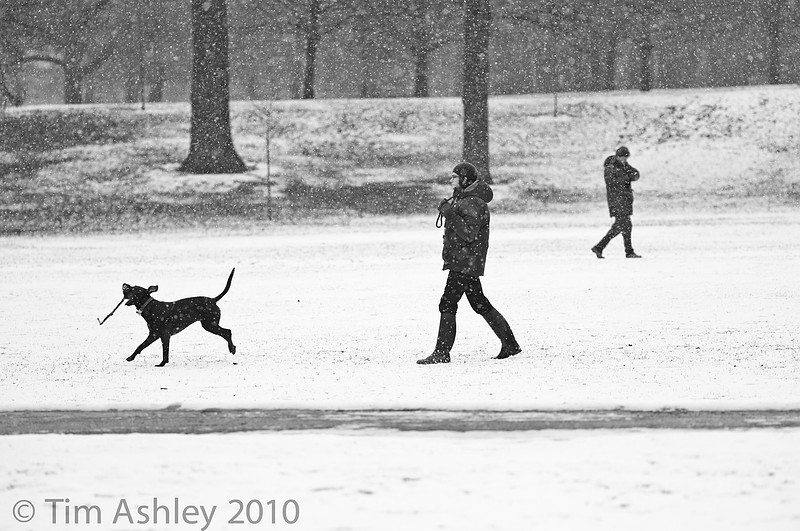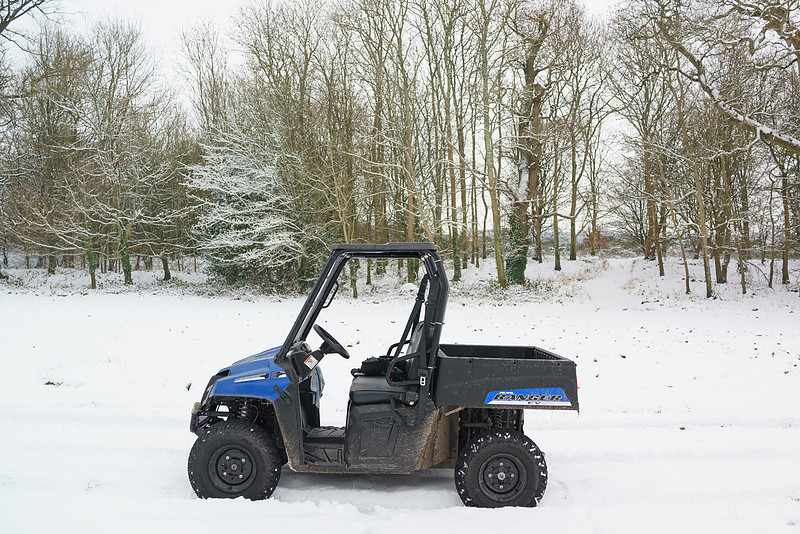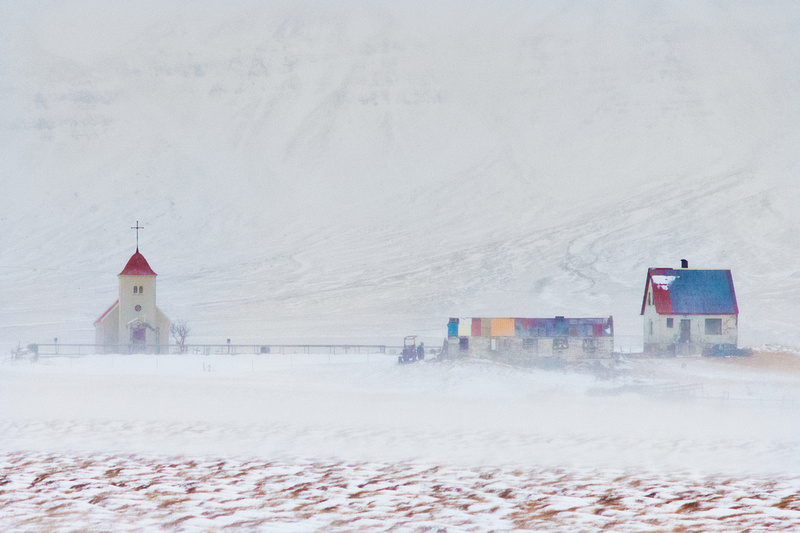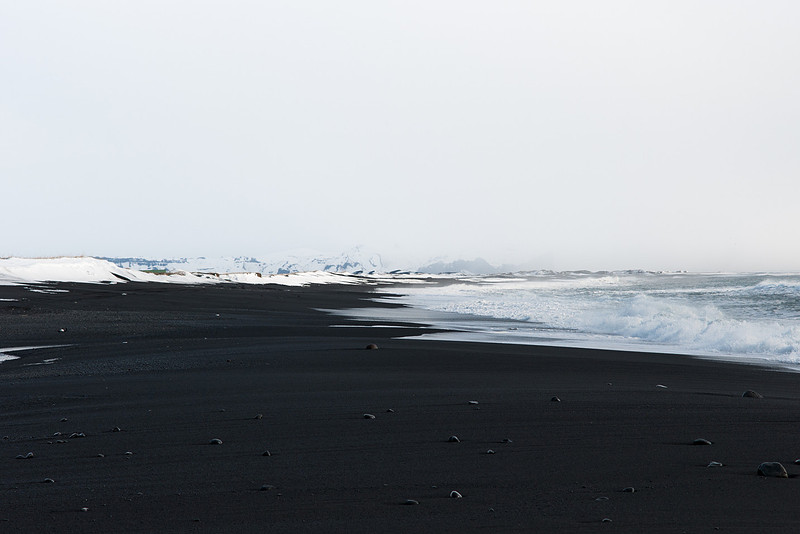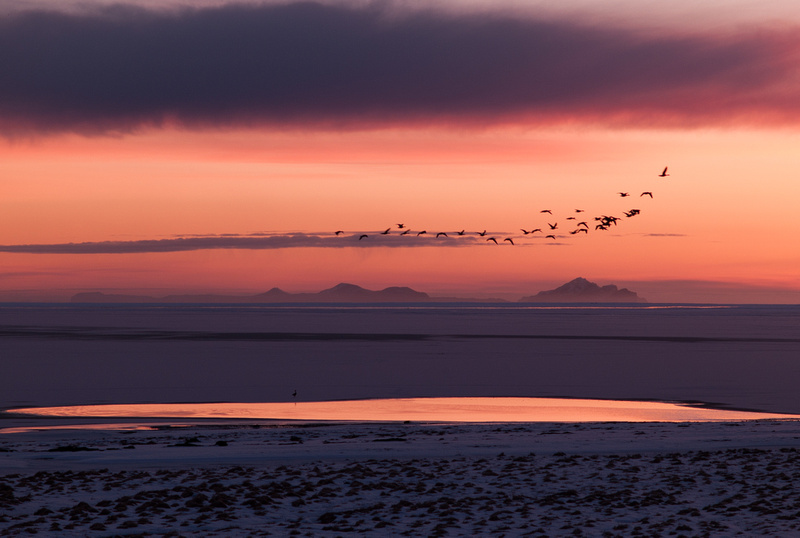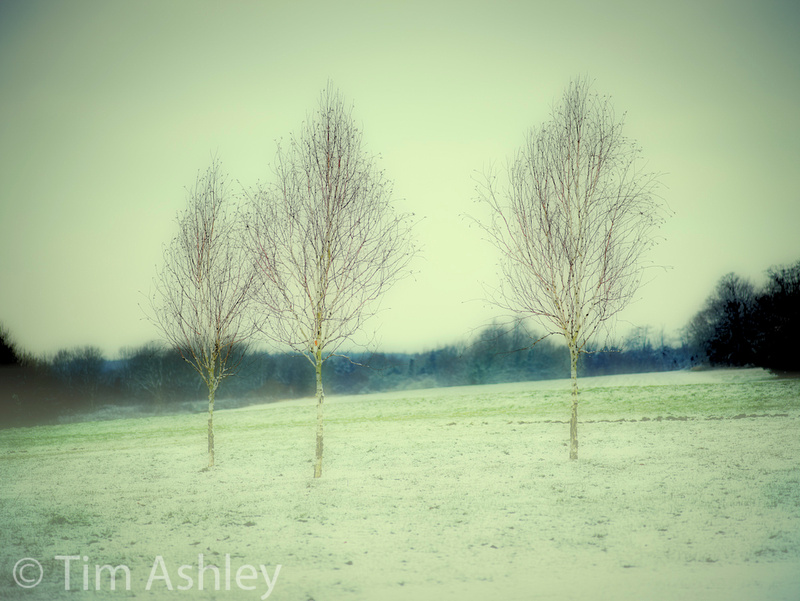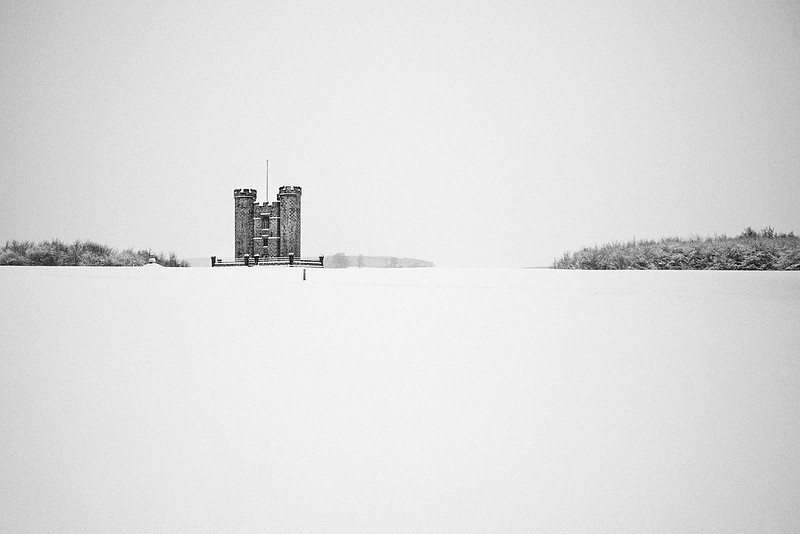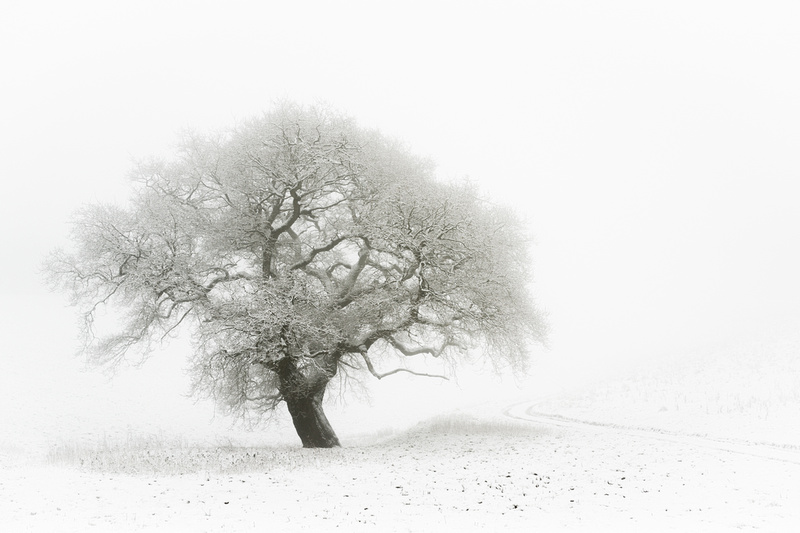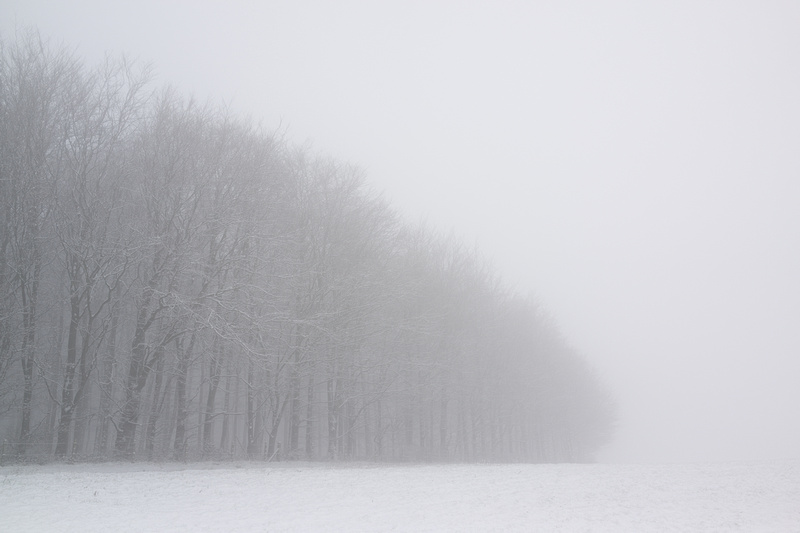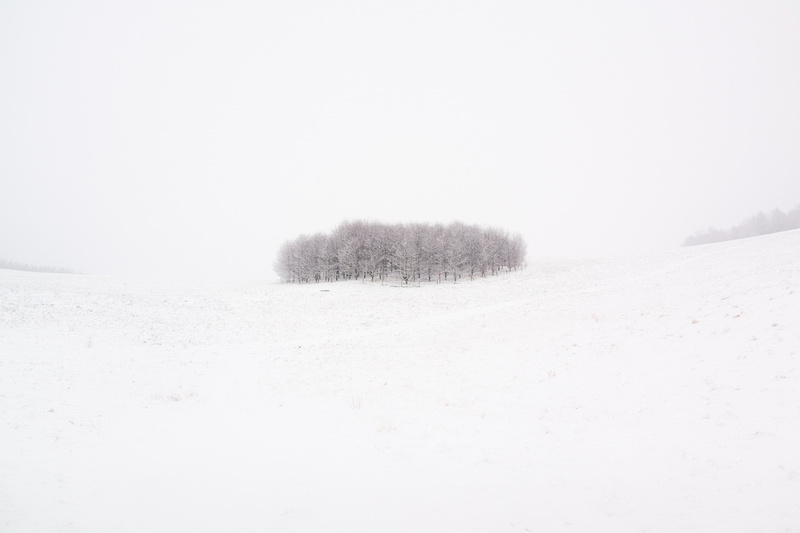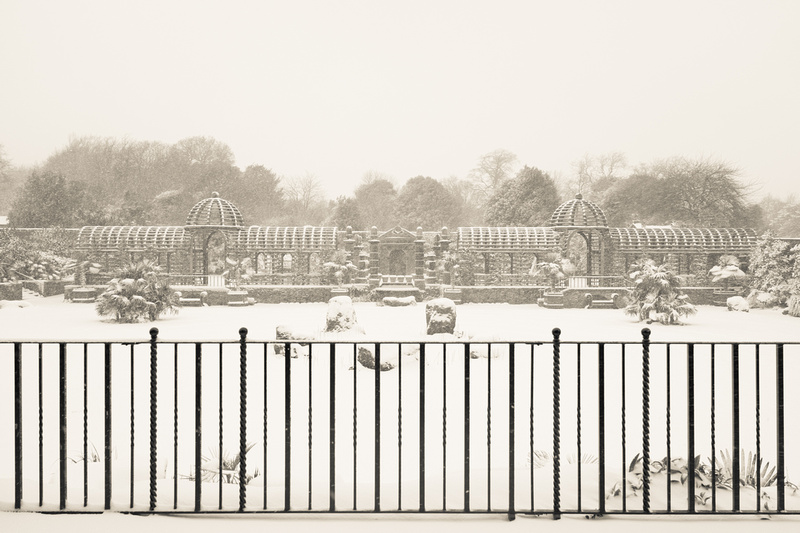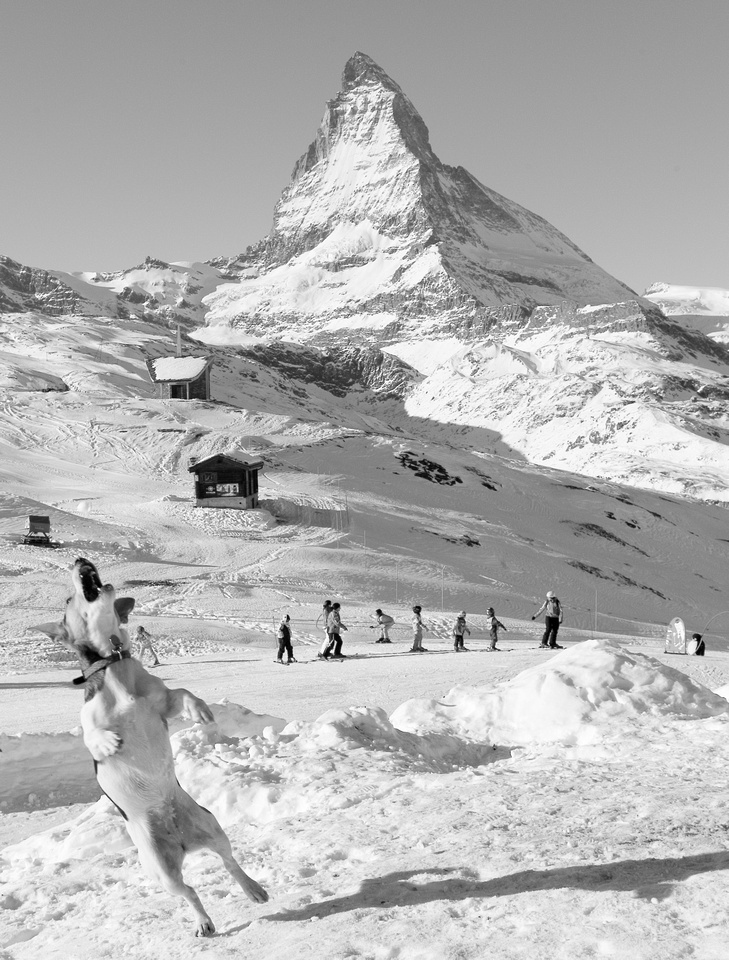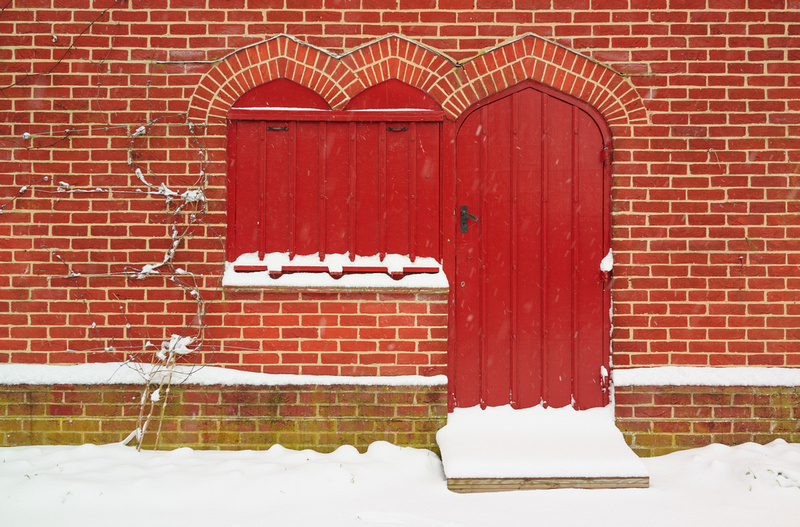Snow? Go!I can't run the tests I was hoping to for this week's post - snow has stopped play and there's a blizzard whirling outside. So instead, I'm going to write about the tricky but rewarding art of photographing snowscapes, my single favourite sort of scene and one for which I am very willing to travel. Snow has many attractions for the photographer:
Leica S2, 180mm F3.5 Snowy conditions also present dangers and problems:
Enough lists: let's look at some examples and think about some useful tips. Firstly, it really helps if you have one of these to get around in!
Now two very useful tips regarding clothing and warmth: we all know how to dress against the cold but to keep your hands warm and functioning with the thin gloves you'll need to operate a camera, make sure your gloves do NOT have tight wrist elastic. It reduces circulation. Even smarter, wear thin capacitive gloves that let you operate smart screens, but when not shooting, wear thicker over-gloves. Next, to keep hands and feet warm, don't stamp and clap: just shake the extremity vigorously away from you.
In terms of equipment, choose the size of your bag to match the distance you'll be hiking. Simple. Take the most waterproof gear you have and a dry dishcloth for wiping off the snow. Put on UV filters to protect lens elements and always take at least one lens with a really deep, non-petal hood (usually a telephoto) because that will keep snow off the filter. I have never enjoyed shooting from those odd plastic bag-like camera covers: they flap and sag and get very wet. Similarly, my preference is not to take a tripod: unless it is too heavy to trek with it is unlikely to add much stability in wind and on snow and ice. I once wasted a day of Icelandic shooting in vile conditions by taking an entire Phase One rig (huge and heavy and with many lenses) with a large but not-large-enough tripod. Uncertain footings and howling gales meant that nearly every shot was at least a little blurry. Luckily I had an M8 with me too, and that provided nearly all the good images. I also aways carry some dry, fine quality paper tissues as well as a micro-fibre cloth: the tissues are an absorbent 'first stage wipe' and the micro fibre finishes the job. And I carry every battery I have, fully charged. They run down quick when it is cold. A very popular piece of advice is to re-acclimatise your equipment to indoor life by putting it in a ziplock bag when you come indoors so as to slow the rate at which it warms up and therefore the rate at which condensation forms. I have never done this: cameras are usually at least a little externally damp when you're done shooting and locking them in a bag with that moisture seems not to be a good idea. Instead, I 'stage' them by putting them in a cool lobby before and after shooting, just removing the card on getting home in order to see what I've caught. But others swear by the ziplock method.
Talking of equipment, if the snow is actually falling you won't be changing lenses much, especially with gloves on: I favour a three lens kit of 24, 35 and short telephoto and if possible at least two bodies so as to minimise lens fumbling. A good 24-105 or 120 zoom (if you can find one) would also be ideal.
Always carry a cell phone, and tell people where you are going and what time you expect to return.
Vestmannaeyjar, Iceland. Leica M8 with 90mm Macro Elmar. Next, exposure. If my grandma is reading this then I apologise for the egg-sucking lesson but set your camera to at least +1EV exposure compensation and watch the histo. The camera will try to make bright white snow look like 18% grey so you'll have to compensate but do make sure that you shoot RAW and that you don't blow the highlights. In reality, I think a little under-exposure is often useful for keeping detail in the snow so if your in-camera 'blinky' warnings are normally a little early to panic, trust them in the snow. Modern cameras (i.e those with Sony sensors made in the last 18 months) have, finally, enough dynamic range to deal with snow scenes but even with such, a sunlit snowscape will provide real problems. Expose for the highlights and let the shadows worry about themselves. White balance can be an issue but don't worry: a good rule of thumb is, 'anything goes'... even to extremes.
Green Birches. Phase One IQ180 on Cambo Wide RS with Schneider XL 35mm f5.6 In these conditions, you won't want to be fumbling with a whi-bal card and snow itself will often, if used to pick the white point, give a result that looks too warm. Actually, pretty much anything looks good other than 'too warm'. So just use Auto WB and then adjust it by eye later. But the truth is that a wide range of different WB choices can look good, provided the shots aren't displayed side by side. In this article, the snow colours vary from slightly warm to an almost blue coldness and none of them is 'wrong' but they don't hang well on the same wall. If in doubt, go black and white. And try adding some grain too.
Talking of black and white, shooting graphically can suit it very well, but just as useful is a mildly desaturated look: let the snow limit the colour palette but give it a hint of help with the desaturation slider and maybe try some split-toning in post.
These sorts of graphic shot can look a great deal more interesting than the 'real' thing. The double happy-hour, for me, is when there is snow and fog: it really allows you to isolate individual subjects and create mood:
The above three images highlight another point: if you live, as I do, in the sort of climate where snowfall is rare and its durations short, it's useful to plan ahead. I walk (and shoot) a lot during the rest of the year but I always keep a mental note as to what I will shoot when it snows. I establish a priority list and when I head out into the snowy landscape, those shots get done first. One more point: the last image, above, shows a colour shift across the frame: look at the sky. I have left this uncorrected so as to show how snowy conditions can really exacerbate the problem with afflicted cameras (Leica M9 with wide angle lenses, and MFT camera with adapted non-retrofocus wides, Sony RX-1). For details on how to deal with this problem see here. Another useful tip is to allow falling snow to create different layers of definition and contrast: use foregrounds as strong graphic elements against softer, snowier backgrounds. This lets you show how hard it is snowing without ending up with a 'flat' image.
As noted (and illustrated) above, dogs are a great subject in snow. Make your pet pose and you will likely be handsomely rewarded.
Zermatt, Switzerland. Leica M8 with 24mm F2.8 Elmarit Finally, look at familiar subjects with your 'snow eyes' on: a shot that looks mundane in everyday conditions can look a lot more interesting with even a dusting of snow...
Happy shooting. Brrr...
|

